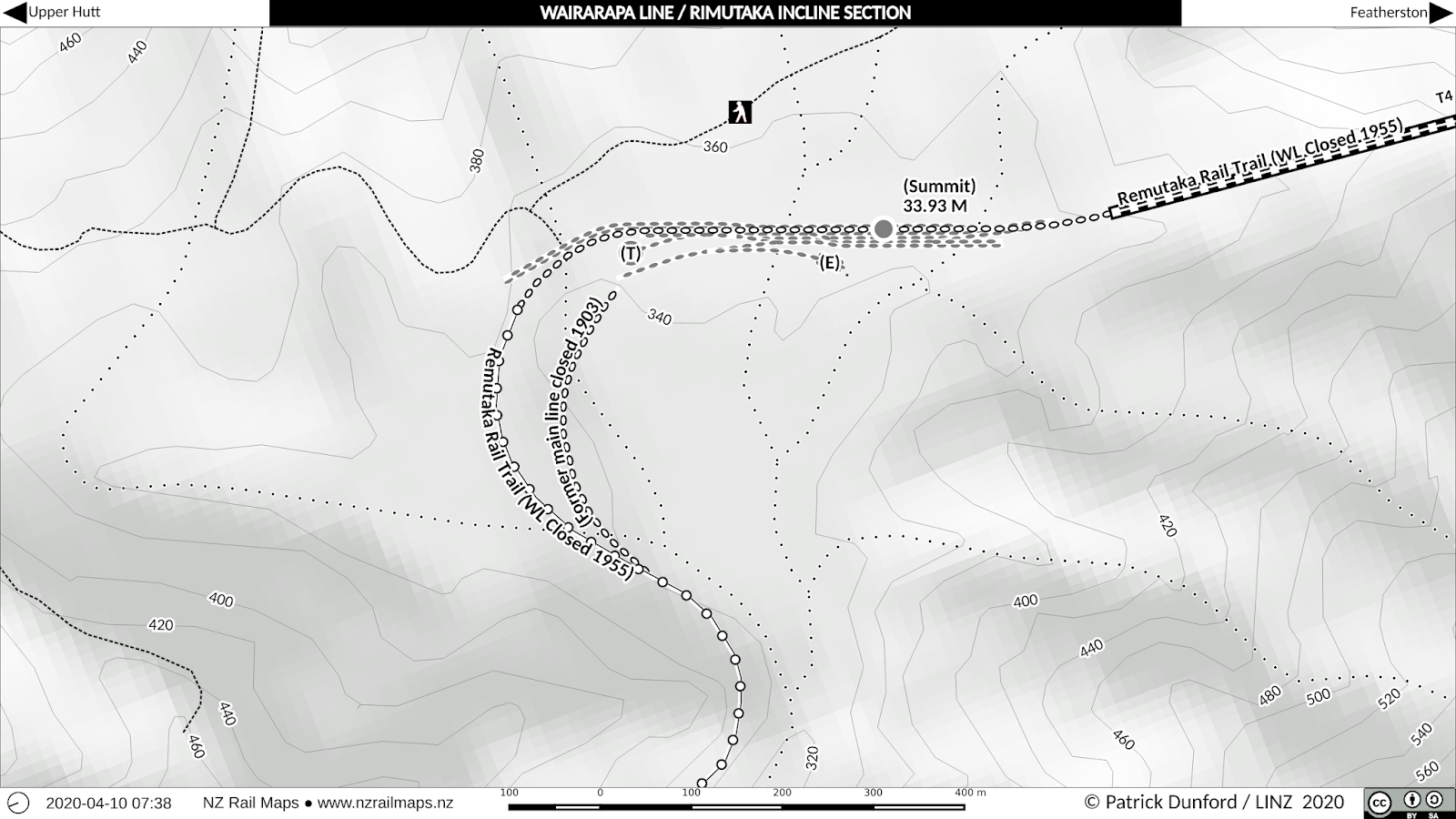Good morning. Here is our sixth project development report for 2020.
We spent the last day looking at possible web hosting options for NZ Rail Maps This meaning that there would be a paid site instead of wholly free ones, although some free hosted content is likely to remain. There
are a number of possible options ranging from sites specialised for
various types of content, through to full web hosting.
At
the moment we are going down the specialised track, which is of course
the simplest to set up by far, but does have some limitations,
naturally. For example if we chose to stick with WordPress.com, we would
have the problem that to get a photo gallery plugin to be used in our site would require us to purchase the most expensive WordPress.com
hosting plan. Or another example, we are currently on 14 day trial with
SmugMug (the company that purchased Flickr). Their hosting is reasonably
low in cost, and easy to set up, but would require us to continue
hosting the development blog and PDF files on another site such as
WordPress.
Going
down the full website route, it could be moderately easy to set up a
WordPress site but there is a lot of work involved. We have had sites
previously hosted with a particular company in NZ before now and their
fee of $15 per month is probably quite reasonable for a site with
WordPress available, although a gallery plugin could have an extra cost
associated with it. We also have had sites previously hosted on
TrainWeb, and still maintain an empty site there. It is possible we
could continue to have the blog hosted on WordPress (replacing this
Blogger blog), some content appearing on TrainWeb (PDFs) and the image
based maps appearing on SmugMug. The latter would be the only paid site
hosting. We would have subdomain redirection to the three sites in
operation, but the SmugMug site would be the only site that would remain
in-domain when accessed, the other sites would redirect to the local
free site domain when the domain based URL is selected.
So for the next 14 days we will be trialling SmugMug and might well continue with it after the trial as a paid option, unless a better option comes up before then.






























































